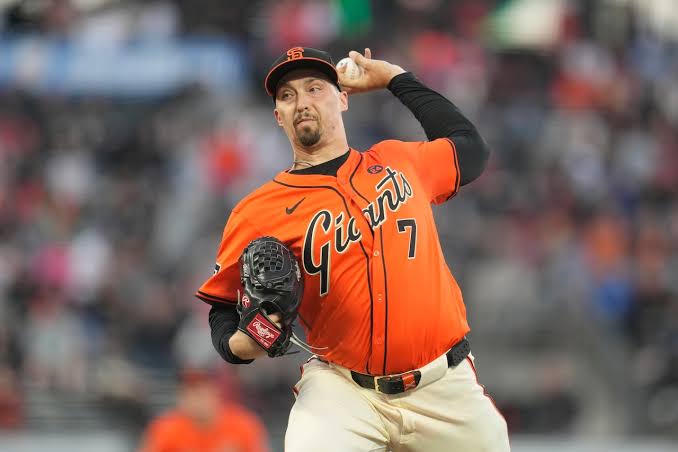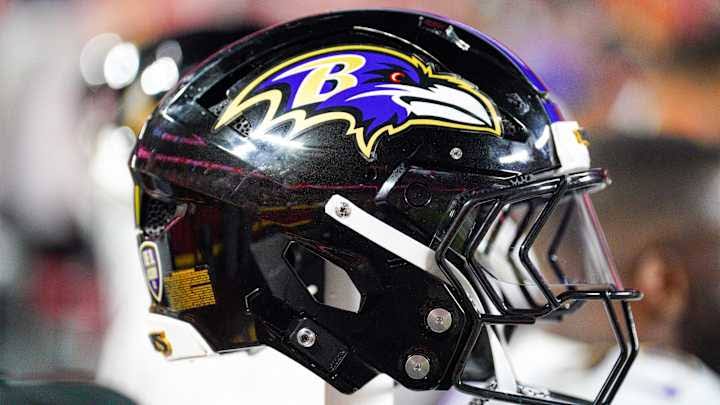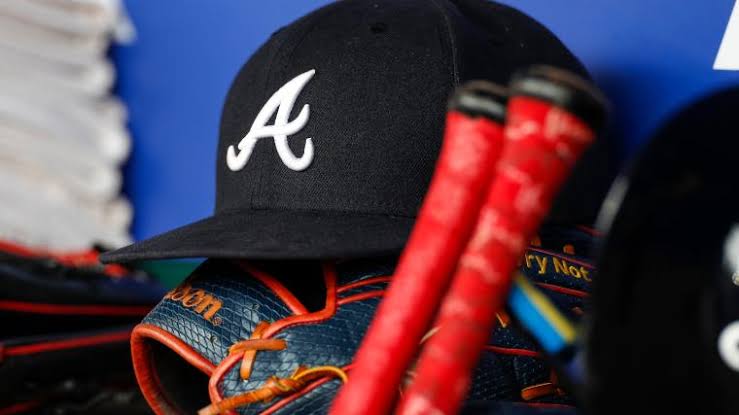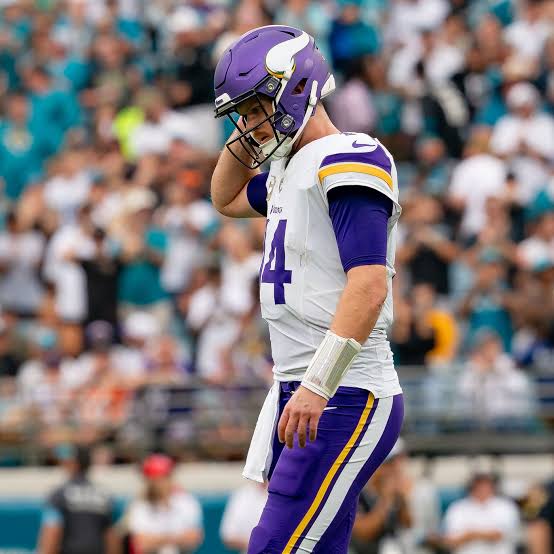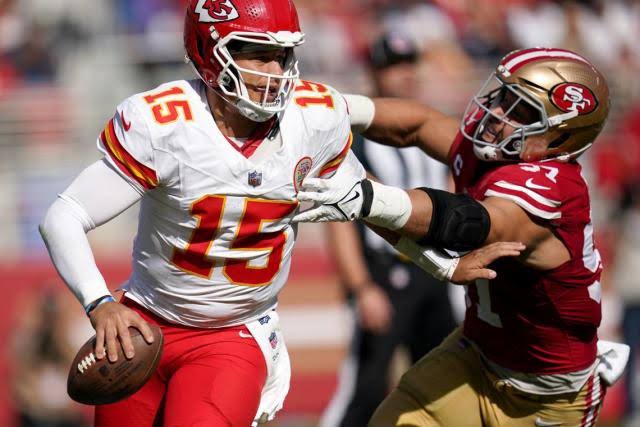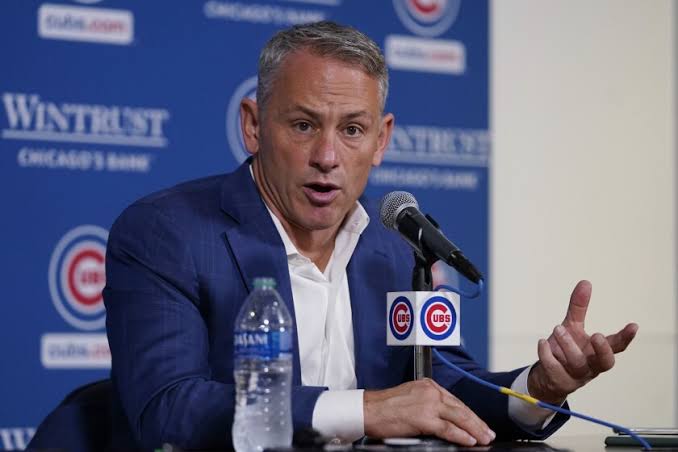Red Sox, Dodgers Woo Two-Time Cy Young Award Winner in…
Juan Soto’s meetings with owners around the leagues have dominated headlines recently, but he’s not the only high-profile free agent or Scott Boras client setting up meetings with team contingents. Ken Rosenthal of The Athletic reports that left-hander Blake Snell has recently held meetings with the Red Sox and Dodgers. The Blue Jays are also pursuing Snell, per Rosenthal’s report, and could soon set up a meeting. The Orioles are another potential club that could do so.
Boston and Los Angeles have reason to be in on high-end rotation help this summer, and the 32-year-old Snell, a two-time Cy Young winner, clearly fits the billing. Similarly, Snell has good motivation to push for a swifter free agency than last offseason, after lingering on the market into spring training and signing a two-year deal with an opt-out in San Francisco less than two weeks before Opening Day.
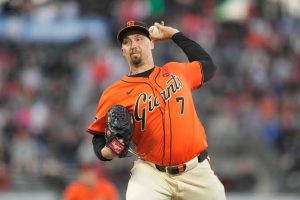
For the Red Sox, Snell would add a No. 1 starter to the top of a rotation that could lose Nick Pivetta to free agency after he rejected a qualifying offer. Tanner Houck, Kutter Crawford and Brayan Bello are all rotation locks right now. Lucas Giolito will join them at some point in the season’s first half, but his timeline remains murky after he missed the entire 2024 season — his first in Boston — thanks to UCL surgery performed in spring training. Righty Garrett Whitlock is also on the mend from his own UCL procedure.
Candidates for the final two rotation spots at Fenway Park include Richard Fitts, Cooper Criswell, Quinn Priester and Zach Penrod. Criswell looked to have a leg up after a decent season due to a lack of minor league options, but he’s reportedly eligible for a fourth option year, which gives the Sox even more flexibility with their staff.
Many Red Sox fans are understandably skeptical of the team’s willingness to follow through on pursuits of high-profile free agents. Boston faithful are still stinging from chairman Tom Werner’s widely mocked “full throttle” comments last offseason, which did not result in an acquisition larger than Giolito’s two-year, $38.5M contract. But Red Sox chief baseball officer Craig Breslow has taken a more aggressive stance himself this time around, declaring that it’s time for the Red Sox to “deliver the team that’s capable of winning the AL East,” even if that means the Sox need to be “aggressive in bringing players in who aren’t currently in the organization.”
From a payroll perspective, the Red Sox have more than enough space to accommodate multiple big-ticket additions this winter. RosterResource currently projects Boston for a $138M payroll and $171M of luxury obligations. That projection is nearly $100M shy of their franchise-record payroll, while their luxury ledger leaves them $70M shy of the first-tier threshold. Of course, the Red Sox haven’t been shy about paying the luxury tax in the past. They did so as recently as 2022 and have reset their penalty level by dipping back under the tax line. The Red Sox have an extremely small arbitration class — just Houck, Crawford and Jarren Duran — and will only add Triston Casas, Connor Wong and perhaps Zack Kelly to that group in 2026.
Turning to the Dodgers, there’s an obvious case for Snell as a fit. Connections like this can often be more anecdotal than substantive. Still, it at least bears mentioning that Dodgers president of baseball operations, Andrew Friedman, was running baseball operations in Tampa Bay when the Rays drafted and developed Snell. Outside their deals for Shohei Ohtani and Yoshinobu Yamamoto — two players with unique free agent circumstances — the Dodgers have preferred shorter-term, high-AAV deals in free agency. That could make Snell, whose maximum contract length is perhaps shorter than other top-tier starters because he’s about to turn 32, a more typical “Dodgers” fit.
One deterrent for the Dodgers could be an already bloated luxury tax bill. RosterResource pegs them at $270M in obligations, meaning they’re already well into the second penalty tier. Snell alone could push them into the fourth tier, particularly on a high-AAV short-term deal. Even using last year’s $31M AAV as a hypothetical guideline — and Snell has a case for a higher one on another relatively short deal — Snell would cost the Dodgers nearly $57M in year one of the contract. That’d also set the Dodgers up to pay a 110% tax on any dollars spent after that. Trades and non-tenders could lessen the sting, but likely not by much. Any free-agent dollars spent by the Dodgers are going to hurt.
Still, the Dodgers likely feel they need to bite that bullet. The rotation in Los Angeles has nearly unmatched star power but similarly has nearly unrivaled question marks. Yamamoto, Ohtani and Tyler Glasnow make up a potentially dominant top three, but health concerns abound. Yamamoto missed more than two months with a shoulder injury in 2024. Glasnow was limited to only 22 starts last year, and his modest 134 innings represented a career-high. Ohtani didn’t pitch while recovering from the second UCL repair of his career.
Beyond that, the talented but risky top three are Tony Gonsolin (who missed all of 2024 recovering from Tommy John surgery), Dustin May (who missed all of 2024 recovering from forearm surgery and an esophageal procedure), and Bobby Miller (a breakout 2023 rookie who struggled immensely in 2024). Highly touted young arms like Gavin Stone (shoulder surgery), River Ryan (Tommy John surgery), Emmet Sheehan (Tommy John surgery) and Kyle Hurt (Tommy John surgery) will miss some or all of the 2025 season. Dodgers icon Clayton Kershaw will be back on some incentive-laden deal — he’s already declared as much — though the two parties have yet to come to specific terms. Kershaw started just seven games last year.
Snell, of course, has his lengthy injury history — including a pair of groin and adductor injuries that limited him to six awful starts in the season’s first two months with the archrival Giants. However, upon returning in early July, the lefty looked back to Cy Young form. He fired 12 shutout frames between his first two starts, kicking off a three-month run for the ages. Snell tossed a no-hitter at Cincinnati’s Great American Ball Park against the Reds, fanned 15 Rockies in a start at Coors Field and at one point went on a streak of four double-digit strikeout performances in five starts.
Over the final three months of the season, Snell was comically dominant. He pitched 80 1/3 innings with a jaw-dropping 1.23 ERA, complemented by an elite 38.1% strikeout rate and a 10% walk rate that’s higher than average but passable for someone who can miss bats at Snell’s level. It was only 14 starts, but Snell was the best pitcher in baseball from July 2 onward.
Snell has a history of slow starts and blistering second-half surges, but as I examined late in the season for MLBTR Front Office subscribers, many of his first-half struggles have come in conjunction with unusual spring circumstances (i.e. the shortened 2020 season, the accelerated ramp-up from the 2021-22 lockout, and signing in late March last year). True, some pitchers succeeded despite similar circumstances, but we’ve also repeatedly seen late-signing pitchers struggle early in the year (e.g., Jordan Montgomery, Jake Odorizzi, and Lance Lynn, to name a few). It’s eminently possible that Snell is the type of pitcher who simply needs a full runway to realize his best form. He’d hardly be alone in that regard, and that characteristic gives him all the more motivation to have a deal in place well before spring training begins.
Snell faces some notable competition on the free agent market. Some clubs may not want to spend aggressively on another free agent before they know the outcome of the Juan Soto auction, and even those willing to spend sooner than that will also have to weigh the merits of signing a 32-year-old Snell versus a 31-year-old Max Fried, 30-year-old Corbin Burnes or 29-year-old Jack Flaherty. Fried and Burnes have qualifying offers attached to them, whereas Snell and Flaherty do not; in other words, teams will have to forfeit draft picks and international bonus pool space to sign Fried or Burnes — but not Snell or Flaherty. Snell is three years older than Flaherty but also more accomplished. He certainly has his warts and carries plenty of risks, but it’s easy enough to see how a club could view Snell as the most appealing of this offseason’s top-tier starters when factoring in likely length of the contract, draft compensation, track record, health, and other factors.
